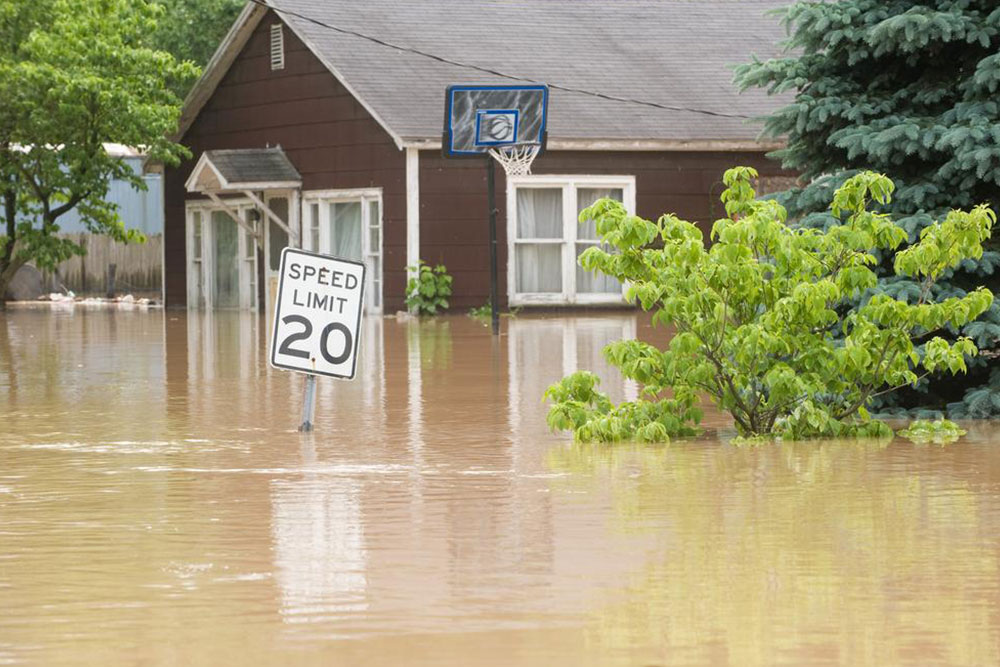Everything You Should Know About Flood Insurance
Learn everything about flood insurance—including coverage options, the NFIP policies, and why it's essential even in low-risk areas. Protect your home and possessions from the unpredictable impacts of floods with tailored insurance plans designed to provide comprehensive financial safety. Understanding these policies can help you make informed decisions and ensure you’re covered when disaster strikes.
Sponsored

Flooding is a natural disaster that can cause extensive damage and disrupt daily life. It can ruin homes and personal belongings. Therefore, securing appropriate financial protection through flood insurance is crucial, even in low-risk areas. Interestingly, around 20% of flood insurance claims originate from moderate to low-risk zones. Standard homeowner policies do not typically cover flood damage, making specialized coverage essential.
The primary option for flood insurance is the National Flood Insurance Program (NFIP), offering two main policies that can be purchased separately or together.
The first policy covers the actual structure of your home or building up to approximately $250,000. The second policy safeguards personal belongings up to around $100,000. For coverage exceeding $250,000, additional policies may be required. Homebuyers with mortgages in high-risk flood zones typically must purchase flood insurance as a condition of their loan. The NFIP building policy helps rebuild your home or covers its current replacement cost, whichever is less. It also includes coverage for the foundation, HVAC systems such as furnaces and air conditioners, water heaters, electrical and plumbing systems, built-in appliances, carpets, window coverings, detached garages, debris removal, and water heaters.
The personal property policy from NFIP offers protection for clothing, electronics, furniture, curtains, window air conditioning units, carpets not included in the building coverage, portable microwaves, dishwashers, washers and dryers, freezers, and frozen foods. It also covers valuables like jewelry and furs up to $2,500. Personal belongings are compensated based on their current cash value, not the original purchase price.






